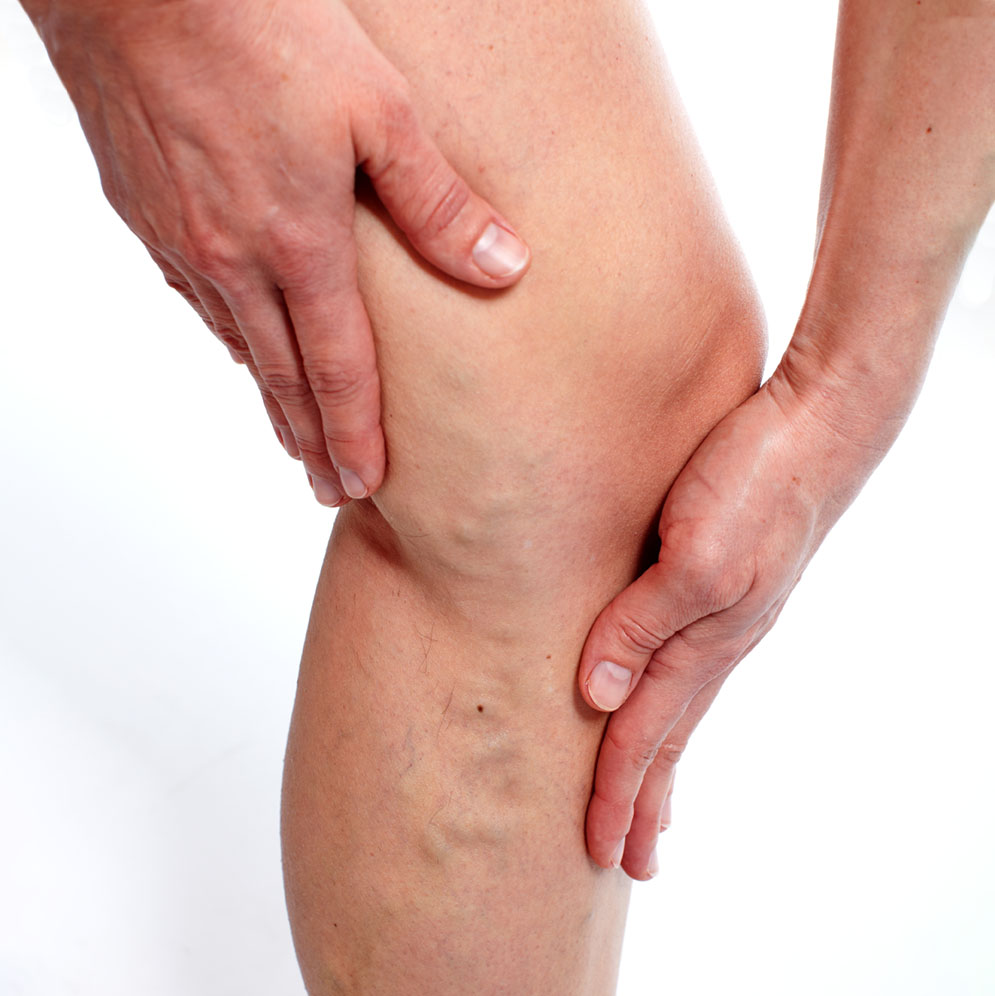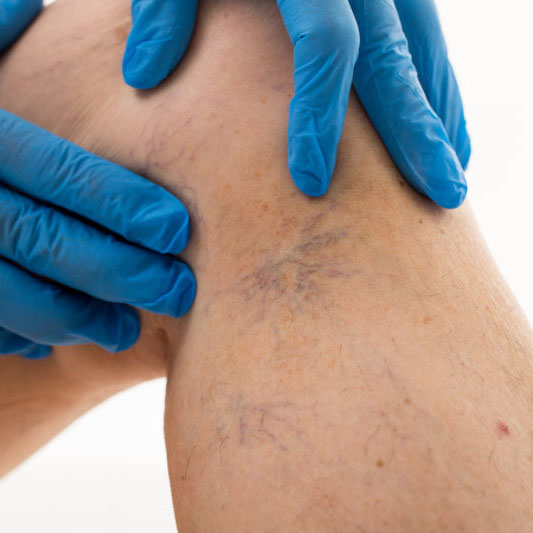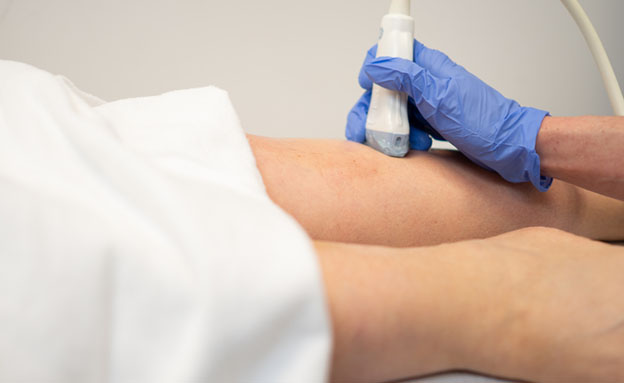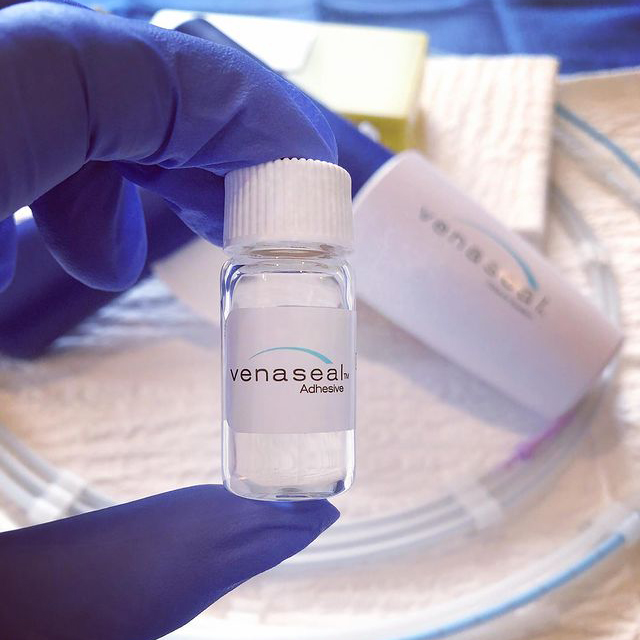Varicose Veins
What are varicose veins?
Legs veins are designed to return blood to the heart. They can do this even while standing, because the small one-way valves inside the veins keep the blood moving in the right direction.
When these valves fail, that blood flows towards the feet and pressure in the surface veins starts to build up. This pressure causes stretching and dilatation and, as a result, the veins start to bulge out. Leg veins that bulge and are bigger than usual are called varicose veins. Your vascular surgeon will recommend the best course of treatment if you have varicose veins.
Who gets them?
It is common for varicose veins to run in families but this is not always the case. Other risk factors are: pregnancy, obesity, having a standing job and trauma.

What problems can varicose veins cause?
Common symptoms of varicose veins

Varicose veins are common and, in the early stages, may cause no symptoms at all or only mild symptoms. Unsightliness is a common complaint in this group of people.
As they progress, they may start to cause more symptoms, such as: aching, throbbing, itching, burning, and cramping.
Varicose veins do not cause restless legs syndrome.
As the pressure in the varicose vein increases, the overlying skin may be affected. People may start to notice skin discolouration, leg swelling, skin thickening and eczema.
Surface blood clots within the vein may also develop – called superficial vein thrombosis (SVT), phlebitis or superficial thrombophlebitis. This may be a serious condition if blood clots spread from the surface to the deep veins of the legs and causing deep vein thrombosis.
Bleeding from veins is also a serious medical problem, particularly in the elderly. If you have bleeding veins you should consult a vascular specialist or vascular surgeon.
Investigations
Ultrasound scan is the main investigation for varicose veins. This is non-invasive and provides a detailed map to help plan treatment. A vascular surgeon works closely with a sonographer who performs the ultrasound scan.

The Ultrasound Scan Provides the Surgeon with a Detailed Map for Treatment.
Treatments
Standard treatments for varicose veins

Treatments fall into two categories:
- Symptom management, with compression stockings or socks.
- Varicose vein closure. Surgical treatment is not common these days.
Compression stockings and socks are effective for controlling vein symptoms and for protecting the skin from deterioration. They give good relief from vein symptoms and also for the skin problems caused by veins, as long as they are worn daily.


